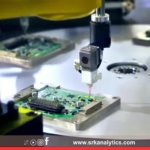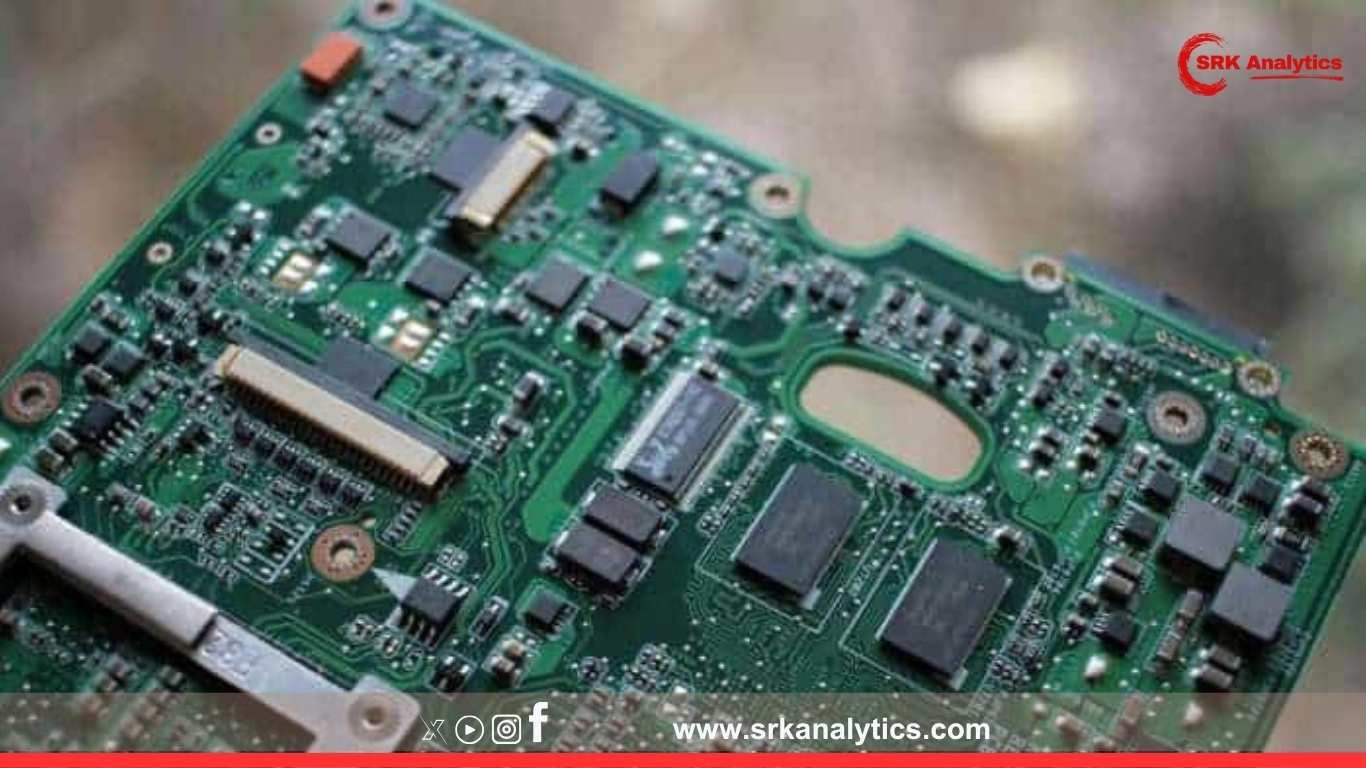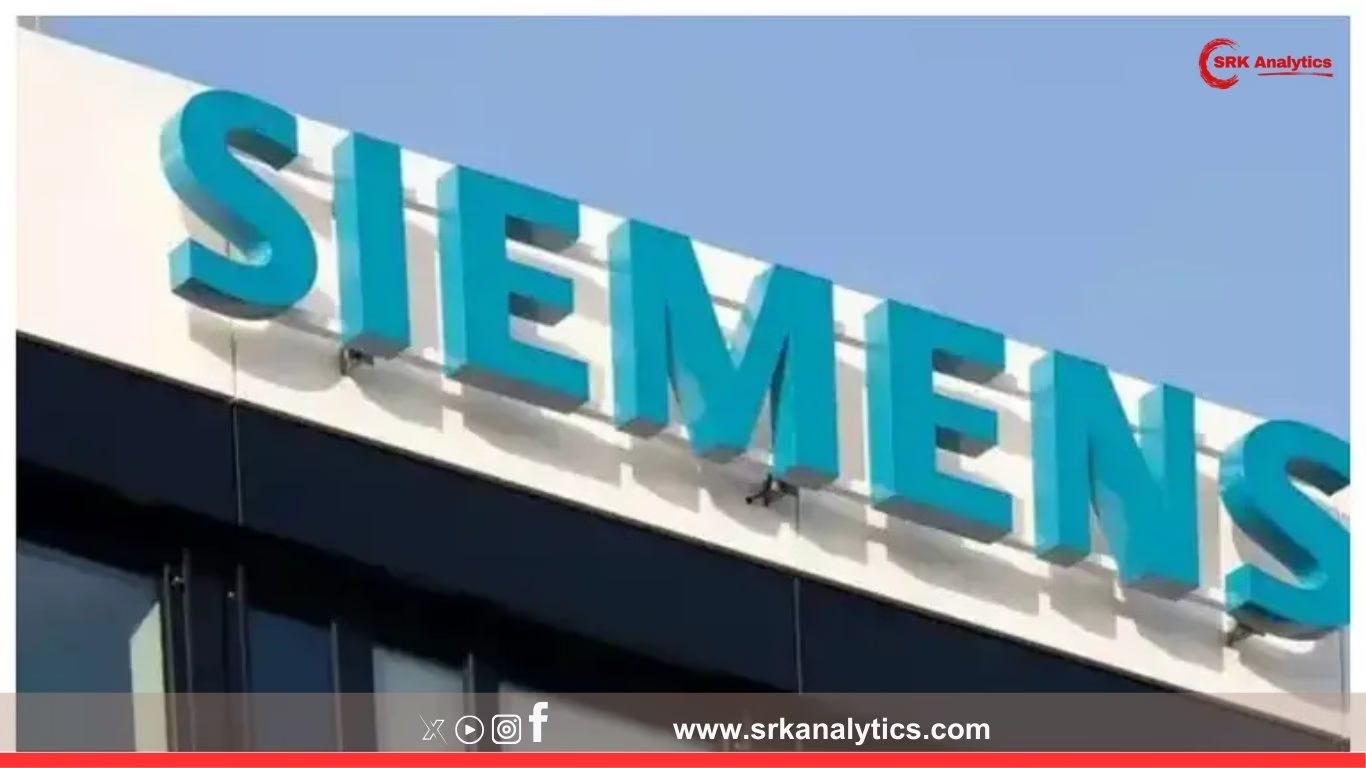In a landmark development set to reshape India’s electronics manufacturing ecosystem, Prime Minister Narendra Modi inaugurated the country’s first indigenous semiconductor fabrication facility in Dholera, Gujarat. The facility is a joint venture between Tata Electronics and Taiwan’s Powerchip Semiconductor Manufacturing Corporation (PSMC), marking India’s formal entry into the high-stakes global semiconductor manufacturing industry.
The Tata-PSMC semiconductor plant: India’s leap into chip manufacturing
The semiconductor fabrication plant, with an estimated investment exceeding $11 billion (approximately ₹90,000 crore), is India’s first commercial foundry and will manufacture 28 nm and above semiconductor chips in its initial phase. Tata Electronics has partnered with Taiwan’s PSMC for technological and operational expertise, enabling rapid capacity building, design integration, and workforce training.
| Key Project Details | Information |
|---|---|
| Location | Dholera Special Investment Region, Gujarat |
| Project cost | $11 billion (₹90,000 crore) |
| Partners | Tata Electronics, PSMC (Taiwan) |
| Technology node | 28 nm and above |
| Capacity (Phase 1) | 50,000 wafers per month |
| Employment generation | Over 20,000 direct and indirect jobs |
| Expected completion (Phase 1) | Late 2026 |
(Source: Industry estimates)
Why is this semiconductor plant important for India?
- Reduces import dependency: India imports nearly 100% of its semiconductor needs, amounting to over $27 billion annually. Local manufacturing will reduce this forex outflow substantially.
- Strengthens electronics manufacturing: Domestic chip supply will support smartphones, laptops, automotive electronics, EV battery management systems, and industrial IoT device manufacturers.
- Enhances strategic autonomy: Amid global chip supply chain disruptions and geopolitical tensions, local manufacturing reduces vulnerability to external shocks.
- Boosts employment and skill development: The plant will create a semiconductor-trained workforce, opening opportunities for engineers, process technologists, and design specialists.
Government incentives under India’s semiconductor mission
The plant is part of the Indian government’s ₹76,000 crore semiconductor incentive scheme, offering up to 50% capital subsidy and supporting design-linked initiatives to build a complete domestic semiconductor ecosystem.
Minister for Electronics and IT Ashwini Vaishnaw said:
“This is a historic day for India’s digital economy. Chip manufacturing will catalyse our journey towards self-reliance in electronics, EVs, and critical technologies.”
Partnership with Taiwan: Technology and geopolitical implications
Tata Electronics’ partnership with Taiwan’s PSMC is significant for:
- Technology transfer: PSMC will provide design, process, and operational support for the fab, enabling rapid ramp-up and quality assurance in line with global standards.
- Geopolitical leverage: Strengthening ties with Taiwan amid China’s aggressive semiconductor ambitions diversifies India’s tech partnerships and ensures long-term strategic alignment with global semiconductor supply chain leaders.
India’s semiconductor ambitions beyond this fab
India is targeting the creation of a robust semiconductor value chain including:
- Compound semiconductor fabs: For power electronics and EV charging infrastructure.
- Display fabs: For OLED and AMOLED screens in smartphones, TVs, and wearables.
- Chip design ecosystem: Leveraging India’s strong IT and ESDM engineering talent to integrate design-to-manufacturing capabilities.
Global context: Semiconductor reshoring trends
| Country/Region | Key initiative | Estimated investment |
|---|---|---|
| USA | CHIPS and Science Act | $52 billion subsidies |
| EU | European Chips Act | €43 billion subsidies |
| China | National IC Fund Phase II | $28 billion |
| India | Semiconductor Mission | ₹76,000 crore ($10 billion) |
(Source: Global industry policy trackers)
India’s entry into semiconductor manufacturing aligns with global reshoring trends where countries are localising chip production to mitigate geopolitical risks and supply chain bottlenecks exposed during the Covid-19 pandemic and US-China technology wars.
Potential challenges ahead
Despite strong government support and Tata’s execution capabilities, India’s semiconductor mission faces challenges:
- Talent availability: Chip manufacturing requires ultra-specialised process engineers, materials scientists, and cleanroom operation specialists.
- Utility infrastructure: Semiconductor fabs demand uninterrupted power, purified water, and high-quality cleanroom conditions, requiring robust local infrastructure.
- Global competition: Competing with established fabs in Taiwan, South Korea, and China will require sustained policy support, ecosystem development, and customer trust building.
Industry reactions
Electronics industry associations hailed the Tata-PSMC semiconductor plant as a historic milestone. The India Electronics and Semiconductor Association (IESA) stated:
“This fab will catalyse India’s position in global semiconductor value chains, attracting component suppliers, design houses, and equipment manufacturers to set up in India.”
Strategic alignment with Tata Group’s tech ambitions
The semiconductor plant strengthens Tata Group’s expanding technology portfolio, which includes:
- Tata Electronics’ iPhone component manufacturing in Hosur
- Tata Digital’s e-commerce and AI initiatives
- Tata Consultancy Services (TCS) leadership in IT services and semiconductor design support
Combined with India’s geopolitical positioning as an alternative manufacturing hub to China, the Tata-PSMC semiconductor fab marks the beginning of India’s journey from being a chip-consuming nation to a manufacturing and design powerhouse.
Conclusion
India’s first semiconductor plant in Gujarat is more than a factory – it is a strategic investment into the country’s technological sovereignty, economic growth, and employment generation goals. Successful execution and ecosystem development will determine how quickly India can climb the semiconductor value chain and compete with global chip-making giants.
Disclaimer
This news content is for informational purposes only. Readers are advised to consult certified business analysts, technology strategists, or financial advisors before making investment or operational decisions based on this content.











